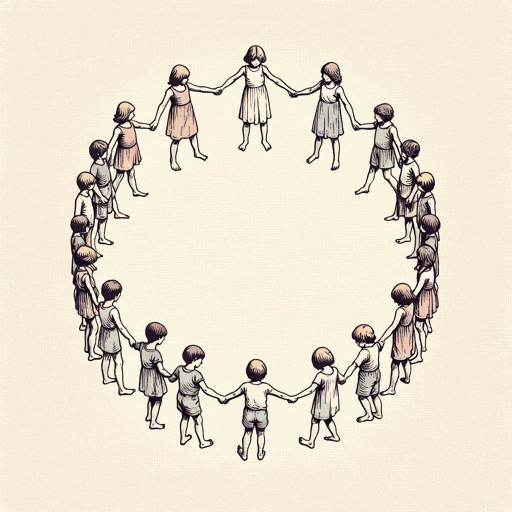18 pages • 36 minutes read
Margaret AtwoodHelen of Troy Does Countertop Dancing
Fiction | Poem | Adult | Published in 1995A modern alternative to SparkNotes and CliffsNotes, SuperSummary offers high-quality Study Guides with detailed chapter summaries and analysis of major themes, characters, and more.
Literary Devices
Form and Meter
“Helen of Troy Does Countertop Dancing” is a poem of 83 lines, divided into three stanzas of uneven length. It is written in free verse without end rhymes. Atwood writes the poem as a dramatic monologue from the point of view of a contemporized mythical figure, Helen of Troy, with an indirect address to a single individual at the end. The use of the free verse, rather than any classical form, helps show that this Helen is situated in the here and now, giving the poem a weight for the modern reader. The first stanza explains why Helen has taken her “job” (Line 5) even though others find it demeaning. The second explains what she does for her customers, despite their differing views of her purpose. It also explains how they objectify her in their fantasies. The third, explores how the clientele, even the single individual who seems special, hopes to “reduce” (Line 68) her to an object they can own or destroy. She resists. As Helen says, her speech is a “torch song” about unrequited love, of being misjudged—but it also offers a challenge: “You think I’m not a goddess? / Try me” (Lines 80-81).
Related Titles
By Margaret Atwood

Alias Grace
Margaret Atwood

Backdrop Addresses Cowboy
Margaret Atwood

Cat's Eye
Margaret Atwood

Death By Landscape
Margaret Atwood

Hag-Seed: William Shakespeare's The Tempest Retold
Margaret Atwood

Happy Endings
Margaret Atwood

Lady Oracle
Margaret Atwood

Life Before Man
Margaret Atwood

MaddAddam
Margaret Atwood

Oryx and Crake
Margaret Atwood

Rape Fantasies
Margaret Atwood

Siren Song
Margaret Atwood

Stone Mattress
Margaret Atwood

Surfacing
Margaret Atwood

The Blind Assassin
Margaret Atwood

The Circle Game
Margaret Atwood

The Edible Woman
Margaret Atwood

The Handmaid's Tale
Margaret Atwood

The Heart Goes Last
Margaret Atwood

The Landlady
Margaret Atwood

